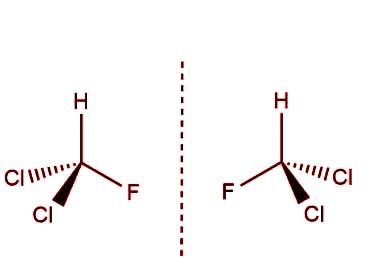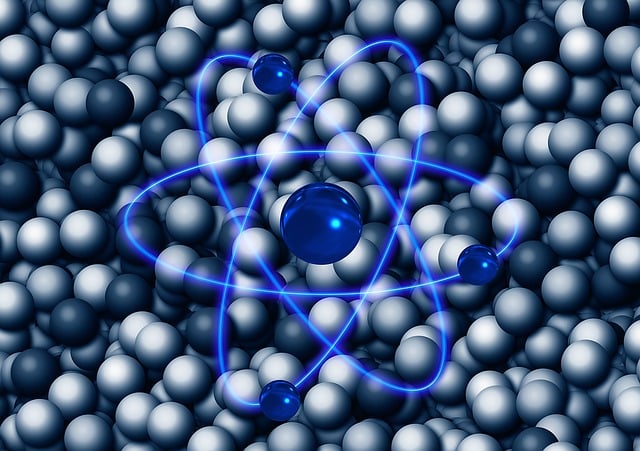Six Differences Between Crystalline Solids And Amorphous Solids
S.NO. | Crystalline Solids | Amorphous Solids |
1. | Crystalline solids have a regular, repeating arrangement of atoms, molecules, or ions, known as a crystal lattice. | Amorphous solids do not have a regular arrangement of atoms, molecules, or ions. |
2. | Crystalline solids have a well-defined melting point, which is the temperature at which the solid transitions to a liquid. | Amorphous solids do not have a well-defined melting point and instead undergo a glass transition, in which the material becomes softer and more viscous as the temperature increases. |
3. | Crystalline solids have a well-defined internal structure, with atoms or molecules arranged in a specific pattern. | Amorphous solids do not have a well-defined internal structure and the atoms or molecules are randomly arranged. |
4. | Crystalline solids are typically more rigid and stronger than amorphous solids due to the ordered arrangement of atoms or molecules. | Amorphous solids are generally more brittle and less flexible. |
5. | Crystalline solids tend to have higher melting points and higher boiling points than amorphous solids. | Amorphous solids tend to have low melting points and boiling points |
6. | Crystalline solids typically have a higher degree of symmetry than amorphous solids. | Amorphous solids have no long-range order or symmetry. |
Read More





If you have any doubts, please let me know